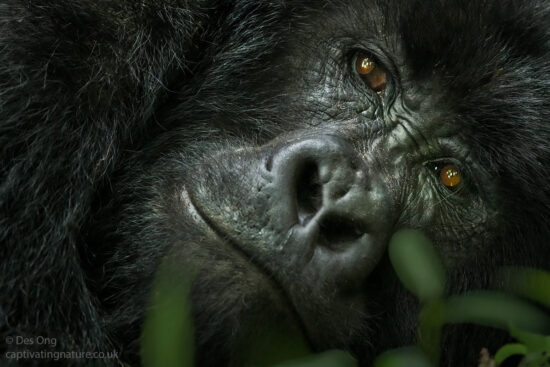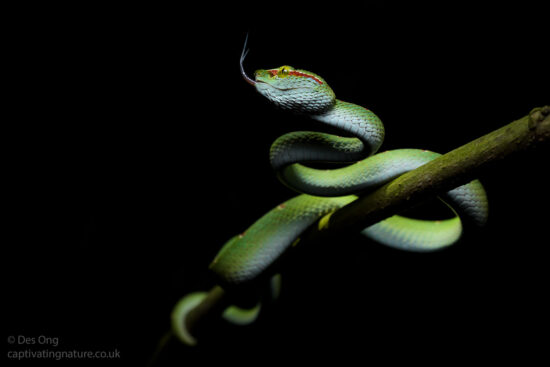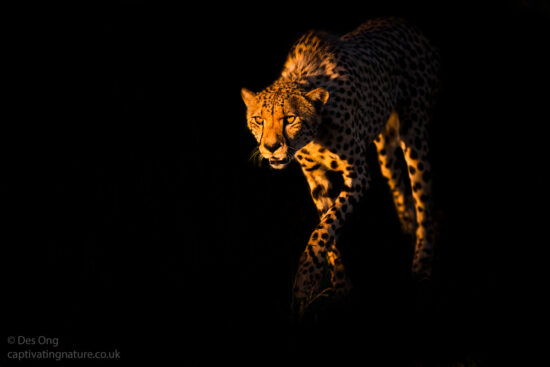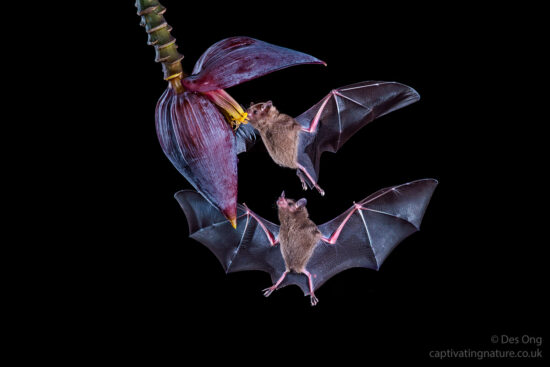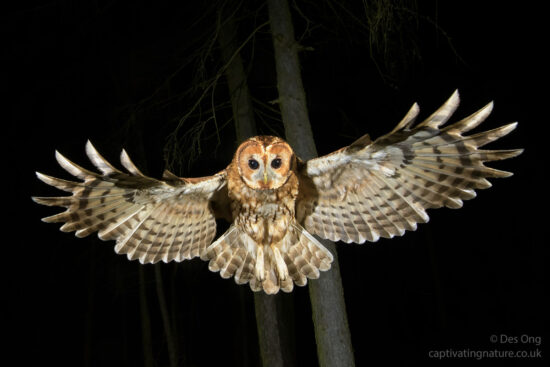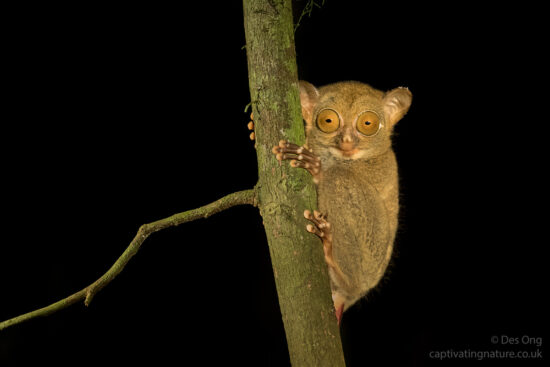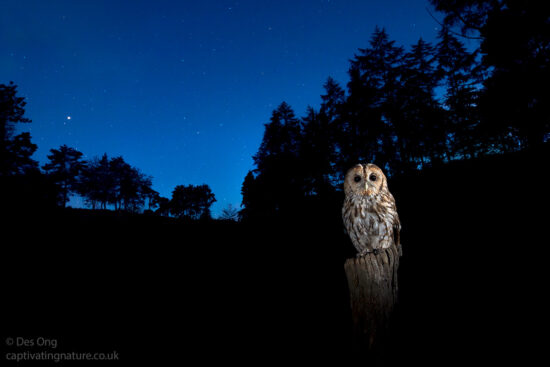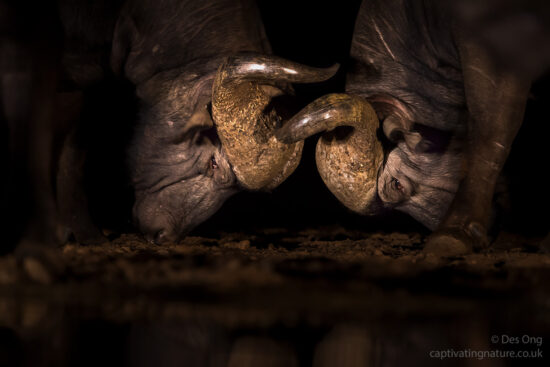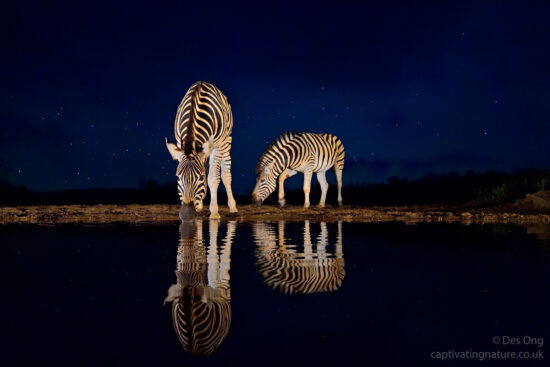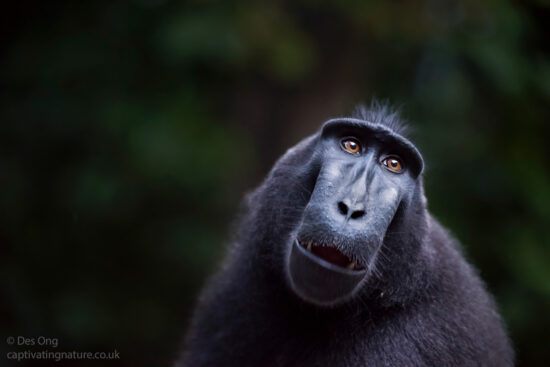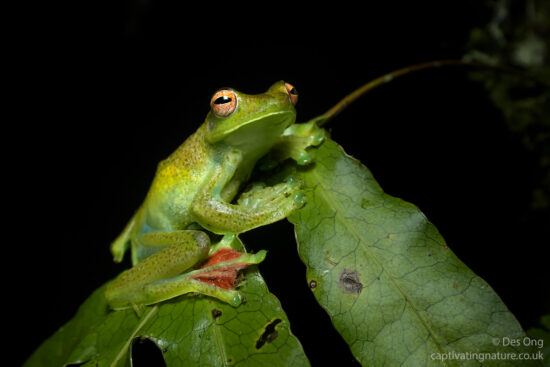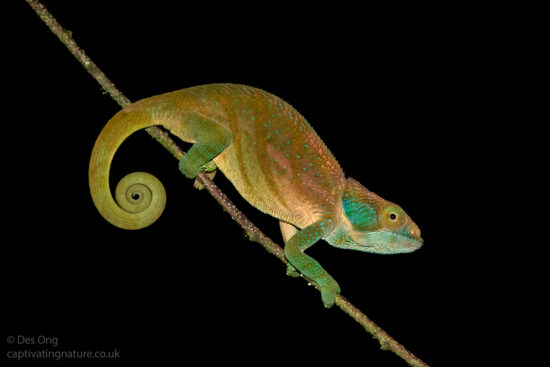“Shooting wildlife with an ancient DSLR camera” – by Des Ong (website | Facebook | Instagram, see also his previous guest posts):
I feel like a dinosaur, still using a brick that is the Nikon D4s, in 2021. Mirrorless bodies certainly look very interesting and the boy in me is eager to try my hands on the new toys. As a wildlife photographer, the particular features I like is the autofocus system, specifically the animal eye-AF, the silent electronic shutter and finally the size/weight saving. I do have some reservations though, for example the electronic viewfinder, the battery life, the cost of migration, and the limited range of Z lenses.
As the lockdown is easing in the UK, I began conducting workshops. It was nice to be shooting again. As it happens, a couple of my guests were shooting with mirrorless – a Canon R6 and an Olympus E-M1. All was good during the day but in the evening, they experienced a couple of issues.
We normally work in manual mode. Since mirrorless can only display what is set in the camera at the time i.e. live information, it is difficult to work with flash in low light or at night. Effectively what you get is a black read out. With an optical viewfinder in a DSLR, you are still able to prefocus if there is a faint source of light and what you see through the viewfinder is the scene in front of you, at the lens’ widest aperture, irrespective of what the camera settings are. Of course when the shutter is pressed, the resulting image looks perfectly well exposed but they were working crippled throughout the night.
It has to be said that I do shoot a lot in the hours of darkness, as the images here show, so it is important that I have a reliable, trouble-free system.
The second thing we came across was that when they use electronic shutter in fast continuous setting, under static light, they registered some artefacts in their photos. This does not apply to every shot but there were a few in each burst.
The above were observations made by my workshop participants and I don’t have firsthand experience to really assess and come up with a workaround. I hope that when lockdown completely lifts, I will be able to get a loaner from Nikon UK to try for myself.
I have colleagues that use Sony mirrorless bodies that tell me that it is normal to run out of battery in a day’s outing, so one has to carry a few spares with two cameras. If this is true, then the point about weight saving will be moot, as the extra batteries will no doubt add to the mass of ones backpack! With a DSLR, I might carry one extra for the day but I very rarely need to change it. So this is something that is critical, especially when I go on trips in some remote areas for several days at a time with little to no access to power.
Lastly, Nikon currently does not have any dedicated telephoto lenses for the Z system. So certainly for the time being, I can only test the cameras using the existing range of superteles with the help of a FTZ adapter. This is not ideal when you have to add a teleconverter as well to a big lens. Also, I don’t know if any third party lenses are compatible. I think when Nikon brings out some native Z-teles, it will be more attractive to sports and wildlife photographers. Meanwhile, I shall continue working with the stone-age (but very reliable) tool that I’ve got!
You can follow Des Ong at: Website | Facebook | Instagram,
If you have an interesting idea for a guest post, you can contact me here.
